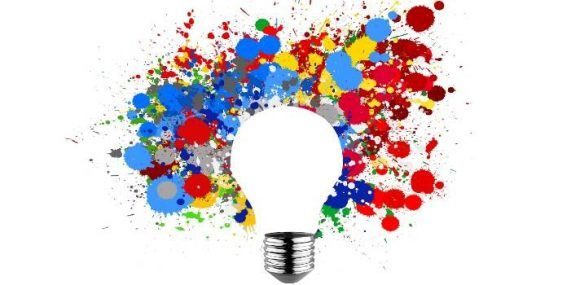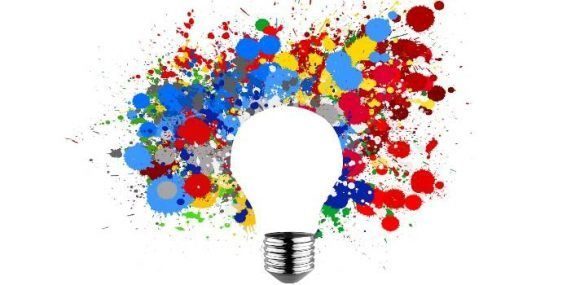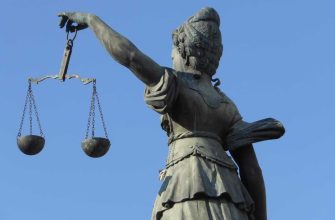We have had a somewhat anemic participation, but those who participated did so with high hemoglobin. They will learn about the “book identity card”. And a challenging path remains open in Mathematics and in Creativity without numbers.
Let’s go in parts.
Yo
A few years ago we published a riddle that had as its object the 11 digits of the permanent identity number that appears on the identity card.
Let’s remember the meaning of those eleven digits:
The first six digits (from left to right) are associated with the year, month and day of birth of each citizen. In the case of the year, they are the final two digits.
The digit number 7 refers to the century in which the citizen was born. If he was born in the 19th century it is 9; if he was born in the 20th century, it is between 0 and 5; if he is born in the 21st century, he is between 6 and 8.
The digits 8 and 9 form numbers between 00 and 99 to avoid repeated numbers.
The digit 10 is for sex. It is even for males and odd for females.
Finally, the number 11 is a control digit that is built with a certain algorithm, resulting in a digit between 0 and 9.
In book presentations and in some of the conferences I give, I usually rely on the Identity Card, CI, to select participants, with a given objective.
I will give two examples of what I have been using:
The participant whose permanent identity number has more than the digit 7.
The youngest of the participants, evidenced in his IQ.
Now come the tasks that you must perform, two candies and a pea.
to Finding some fault or difficulty in those two methods that I use
Answer:
Multiple entrants may have the same required data, so a tie-breaker or award-all method is needed.
In general, I look for the tiebreaker by the best answer to the questions I ask, and in this way I combine chance with knowledge,
RARJ’s response was that if there are two participants in the conference who are twin brothers, the method fails because they have the same digit 7.
I didn’t really understand that answer, since they can have the same digit 7 and not be twins. He will tell us what he meant.
b Suggest at least two new selection methods
My answer:
Those with the most consecutive numbers
Those with more odd or even numbers
Those with Pythagorean numbers (5;4;3)
There were no good responses from you.
c Find an algorithm that allows to calculate the eleventh digit, which is used as check digit. You must try it with at least five IQs from family or friends, including your own.
Answer:
I clarify that the algorithm to calculate the eleventh digit is not public.
There were no responses from you. The prominent riddle Yosue sent me a very interesting reasoning, but he had to deal with a system of 10 equations with 10 unknowns and he told me that just thinking about it gave him a headache.
Meanwhile RARJ, wrote this answer which I didn’t understand either.
ORAn algorithm to determine who is younger or older, according to the priority of the digits, would be:
7-56-34-12-89-11
He will explain to us.
So that you have an idea of the problem, I am going to explain how the check digit of the ISBN of the books is found. The ISBN (International Standard Book Number) is a kind of international identity number for books consisting of 13 digits.
For example, the book from our Academia Editorial Seal: Ernesto Che Guevara. Mathematics and Electronics has the following ISBN: 978-959-270-399-5
Where 978 is the international code of any book.
959 is the code of Cuba.
270 is the code of the Editorial Academia
399 is the order number
And 5 is the check or check digit.
The algorithm to calculate said digit is based on module 10.
The first digit is multiplied by 1, the second by 3, the third by 1, and the fourth by 3; and so on until reaching 12. These amounts are added,
In the example, that sum gives 165. Therefore, in order for it to be divisible by 10, we would have to add 5 (165+5=170); And that’s the check digit.
If the sum were 138, then the check digit would be 2 (138+2=140) divisible by 10
If the sum ends in 0, the check digit will be zero.
We are going to leave the answer pending for the five CI cases or the 10 that Yosue says, to see if the most outstanding in Mathematics solve it.
II
Riddle: “Childhood” to the RARJ
Five boys and girls A, B, C, D and E go to the amusement park. Three ride the Spinning Wheel and two ride the Boats.
to Which went to the Wheel and which to the Boats? Explain your answer.
Answer: B and C go for Boats, since both letters are in that word.
A, D and E, go for the Spinning Wheel, those three letters are in the word Wheel.
Marlon sent me this answer, which has the merit of expressing the five possibilities, although he did not make the corresponding association to select one.
Spinning Wheel Ships
A B C D E
ABD EC
ACD BE
ACE BD
ADE BC
b If A’s name has 4 letters, B has 5, C has 6; and so on. What are the names of the children, knowing that there are three boys and two girls?
Answer: There are many possible answers.
This is one:
Elsa-Julio-Monica-Armando-Fernando
There goes the answer that Marlon sent me, the youngest riddle
Good teacher, here is my answer
A possible way of calling the children would be the following:
A-Alba-4 letters
B-Bruno-5 letters
C-Carlos-6 letters
D-Damaris-7 letters
E-Ezekiel-8 letters
c Find a phrase that reinforces the following: “Children are the hope of the world.”
Answer: Children are the ones who know how to love
I hope that other riddles will join in giving other answers, including friend RARJ.
II
Rafael and Alberto return to their customary dialogue that we submit to the criteria of the parathinkers of our Column.
They pass by a university campus and see some posters with writings about intelligence. Rafael affirms, brother, believing half of what is heard or read is a sign of intelligence. And Alberto replies, that goes, I think the one who knows which half to believe is more intelligent.
And then the controversy is formed, and it’s up to you to give your opinion.
Answers from you:
RARJ said:
Alberto is right.
Knowing how to take the positive from an idea, an approach or a message is a sign of intelligence.
I remember when I was a student, I had a professor who defended the criteria that everyone had to be listened to, read everything to have a basis and be able to start a conversation. He said that there would always be a diversity of criteria, but the one who had read more would be better prepared.
HECTOR AND THE BROTHER said:
A little late professor, very busy these days. The controversy is more focused on the method than on the phenomenon of intelligence as such. I conceive intelligence in many ways, but one of them, possibly the most important, is in the way we manage to relate both thoughts in an idea or in a single action; critical thinking and creative thinking. Possibly around there we will approach the maximum point of intelligence, if we manage to solve the most difficult; conceive critical thinking linked to creative thinking. Because the most complex problems require logic and analysis (critical thinking), but also creativity, without this relationship between them, the most efficient and effective solutions would not be found, development would not exist. But in an exercise of this type, professor with both thoughts, it is always key to put them in context, that is generally the weak point of most controversies.
My comments:
I thank these two excellent para-thinkers from our Column for their insightful opinions. Indeed, the combination of critical and creative thinking is crucial to penetrate the essence of social phenomena, from science and scientific knowledge.
In times of digital social networks, the need to not uncritically assimilate what is published increases. You have to investigate the sources, use the tools that allow you to approach the assessment of the quality of what has been published, of its author, of scientific peers, of self-taught and educated people, of public debate.
We are more in need of information literacy than of computer literacy. The second is located more than the elbow down, where the hand that writes and clicks is. The first is located more than the elbow up where the brain is, which allows us to analyze and assess what we hear or read.
But the most important thing is not knowledge, but what we do and how we do with it.
And that’s where creativity comes in that allows us to see the different angles of a matter, consider all the factors, take into account other points of view, consider the consequences and aftermath of a decision before it is adopted; In short, use knowledge intelligently and creatively.
See you next Monday, June 12, possibly the last of June, since the solution to a health problem will keep me off for a few weeks.









